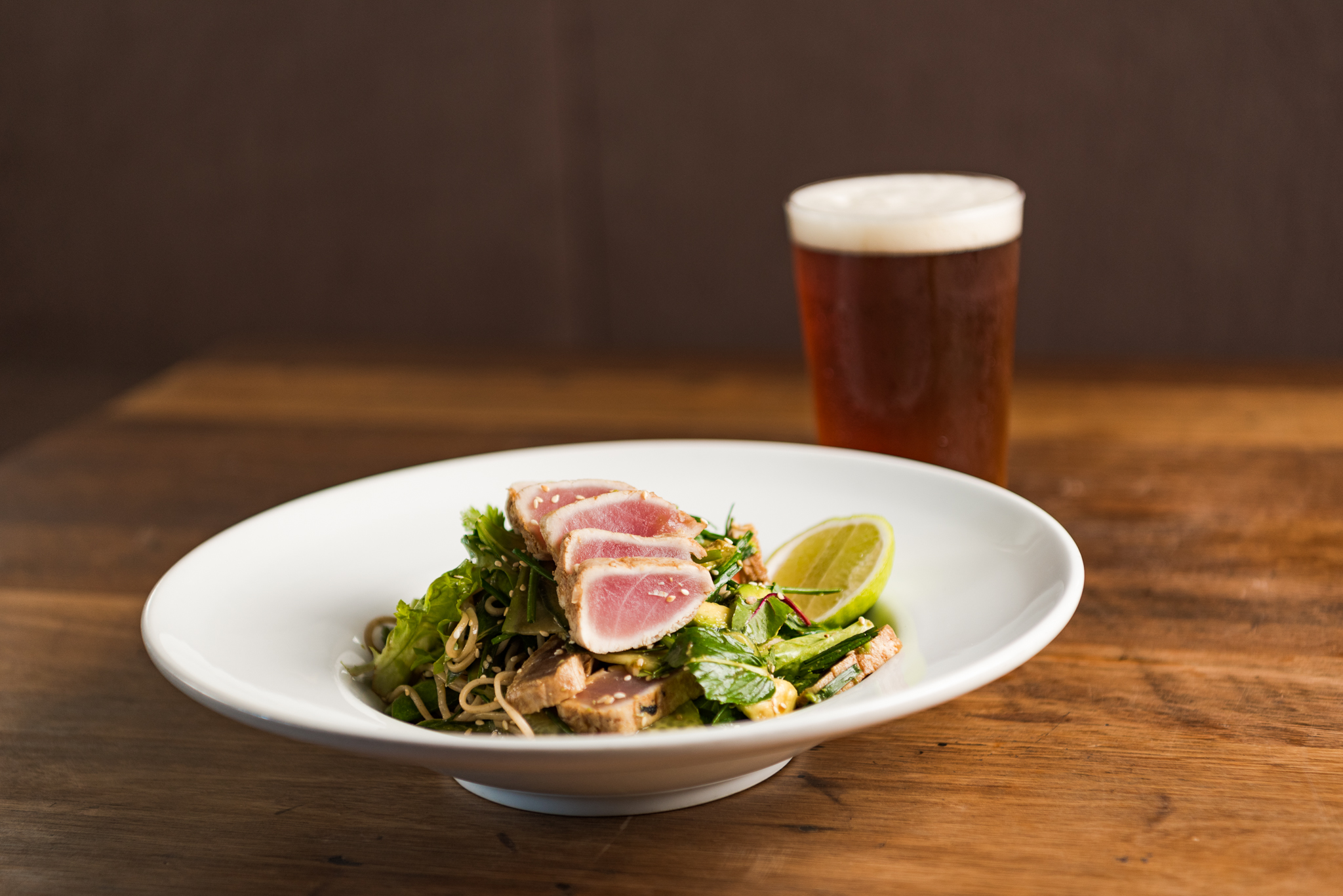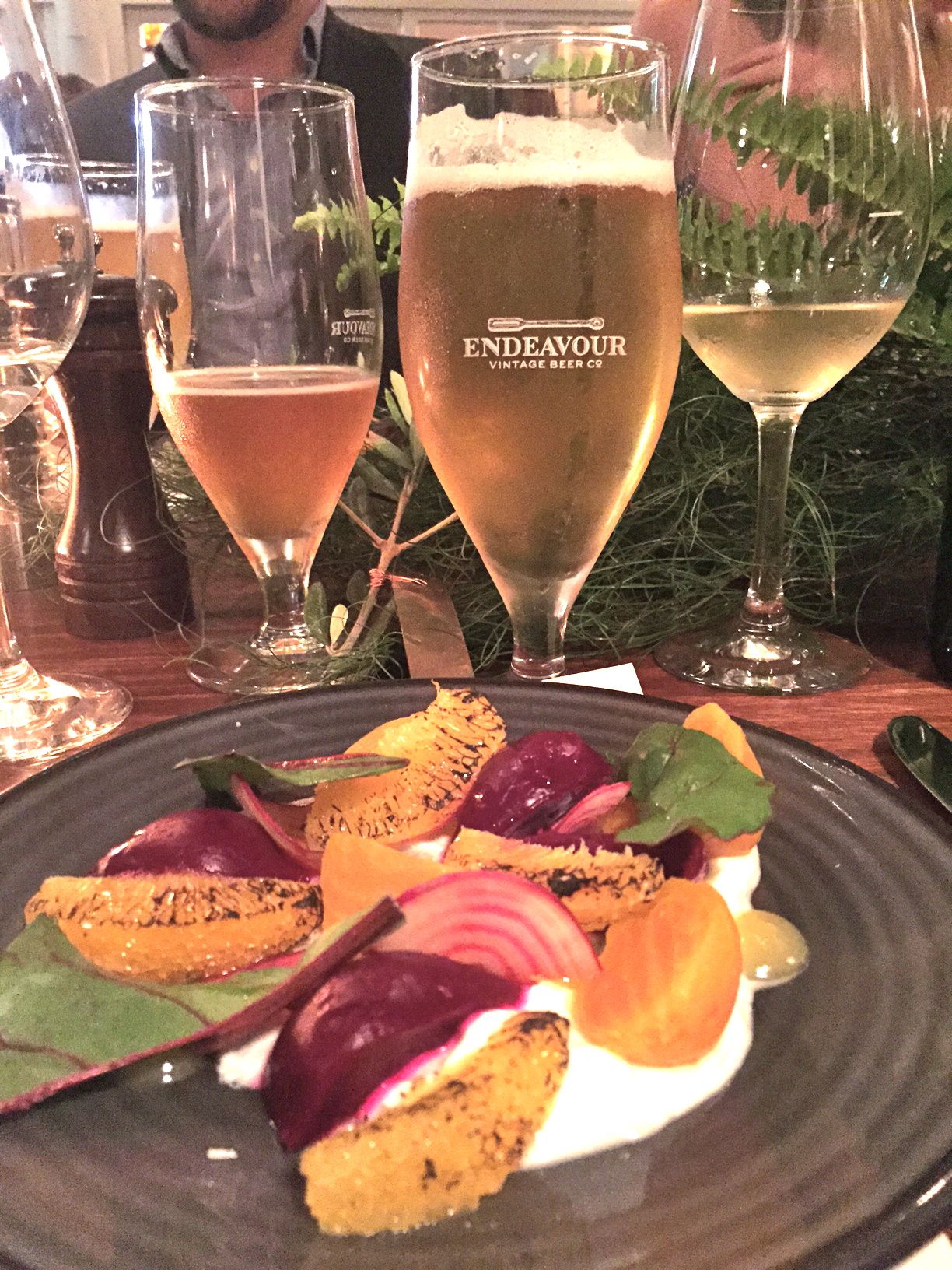
Beer's still a second class citizen in dining
In the absence of food critics who are interested in beer as a companion for food, the beer industry needs to work harder to increase its relevance to the dining occasion.
It might lack the sheer brewery numbers of a city such as Portland, but Philadelphia is lauded as the best beer drinking city in the United States, a reputation that extends even into its dining scene.
“Most high-end restaurants pay just as much attention to their beer menus as their wine program, if not more,” All About Beer magazine said of Philly in April.
Beer on equal footing to wine, in restaurants. I was particularly intrigued as to how this eventuated, after it was borne out by my own experiences visiting the city for the Craft Brewers Conference.
I posed the question to Tom Peters of Monk’s Cafe, the iconic Philly tavern declared America’s best Belgian beer bar by the late, legendary beer writer Michael Jackson.
Peters, who also co-founded Philly Beer Week, pointed to the influence of veteran food critic Craig LaBan, of The Philadelphia Inquirer.
“Every restaurant that opens, has to have good beer,” Peters said. “When Craig LaBan reviews, he talks about the ambience, the food, the service, the wine and he talks about the beer.
“He calls people out if they don’t give any thought to the beer list. We’re probably the only city that has that.
“In The New York Times, [restaurant critic] Pete Wells does not talk about beer at all. LaBan is that calibre of a writer, but he’s totally into beer,” Peters said.
A rare breed of critic
Food critics with a genuine interest in beer and its place at the dining table are also a rarity in Australia, as illustrated by the 2017 SMH Good Food Guide, which is brimming with plaudits for restaurants with good wine lists.
In contrast, there’s no mention whatsoever for venues that successfully execute their beer list, which is arguably a much more difficult task.
Bloodwood Restaurant & Bar is hailed for its wine list, but gets no acknowledgement for its beers, one of the key tenets the venue was founded upon.
Similar could be said for the write-ups of Chiswick and ARIA, whose head sommelier Matt Dunne has long championed beer and food matching.
More kudos for wine at Mr Wong, but no mention of its pedestrian beer list, sourced almost entirely from two suppliers and composed of eight lagers and a token craft ale.
The guide is also silent on the fact that Three Blue Ducks at Byron Bay has a stand alone beer list detailing its rotating lineup of 12 taps. How many other restaurants in the country have this as a drawcard?
Beer matters to Noma
On this issue, Good Food seems a bit out of step with the prevailing trends. When world’s best restaurant Noma popped up in Sydney this year, its head sommelier went to the effort of collaborating on a beer with Grifter Brewing Company.
Small, experimental brewers like Edge and Two Metre Tall were also enlisted, Noma recognising it couldn’t be taken seriously without extending its philosophy on using local ingredients into beer.
In fact, world class dining doesn’t need wine at all, if the Michelin Guide is to be believed. In 2014 NYC’s Luksus at Torst became the first and only Michelin-starred restaurant with a beer-only drinks list.
But in Australia, wine sits very comfortably as the incumbent in the dining arena. Beer is still largely seen as a commodity, an addendum to the wine list.
Restaurant gatekeepers likely associate “craft beer” with polarising hop forward styles, rarely the best showcase of beer as a match for food.
Few would have experienced sour beers matched to cheese, or hefeweizen paired with scallops, or brown ale – “the pinot noir of the beer world” – complementing roast duck.
And there’s absolutely no reason for this to change without more positive action from brewers.
The US Brewers Association last year appointed an executive chef, Adam Dulye, to promote beer’s role in the dining occasion.
Brooklyn Brewery brewmaster Garrett Oliver wrote the definitive text on pairingbeer with food. Today, the brewery’s head chef Andrew Gerson collaborates with chefs and producers around the world on its touring arts and culinary extravaganza, The Mash.
Mikkeller has long been proactive in educating sommeliers about the diversity of beer, securing listings for the Danish brewer in many top restaurants.
In contrast, much of the Australian efforts to showcase beer’s compatibility with food have been tokenistic in nature.
A key battleground
The dining occasion may not suit every brewer, and it probably won’t ever drive huge volumes for any one brewer individually.
But it could go a very long way to improving beer’s overall image and its appeal to women, who constitute 33 per cent of craft beer consumers in the US, a statistic that cannot be unrelated to beer’s stronger ties with dining in that market.
In a beer market that is shrinking, brewers can continue to focus energies on stealing taps from one another, but collectively there is a much bigger opportunity to be had by converting drinkers of wine and spirits across to beer.
Dining is a key battleground to be won, or at least contested, for this to occur.
Yes, some progress has been made in recent years – it’s not hard to find a handful of restaurants doing a fabulous job with beer.
But the Good Food Guide highlights how much work remains, in order for beer to be taken seriously by the dining establishment, let alone achieve equal footing with wine.
Willie Smith’s Organic Cider recently held fantastic masterclasses up and down the eastern states, introducing media and restaurant buyers to some of its eye-opening traditional ciders, presented next to exemplars from the Old World.
Who’s doing similar for beer?







